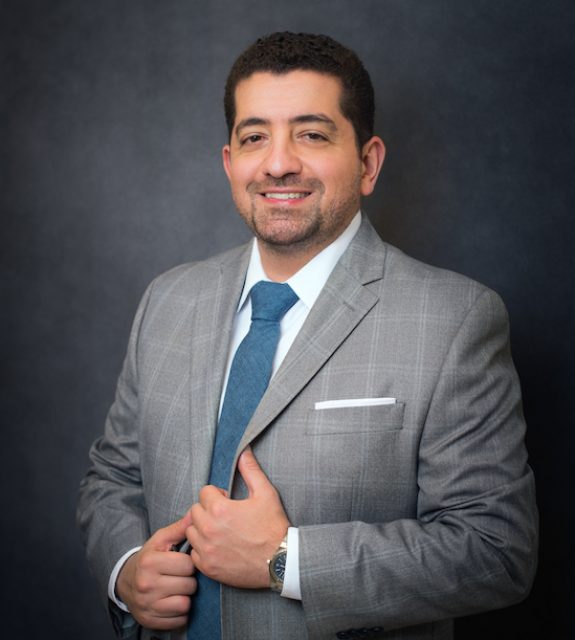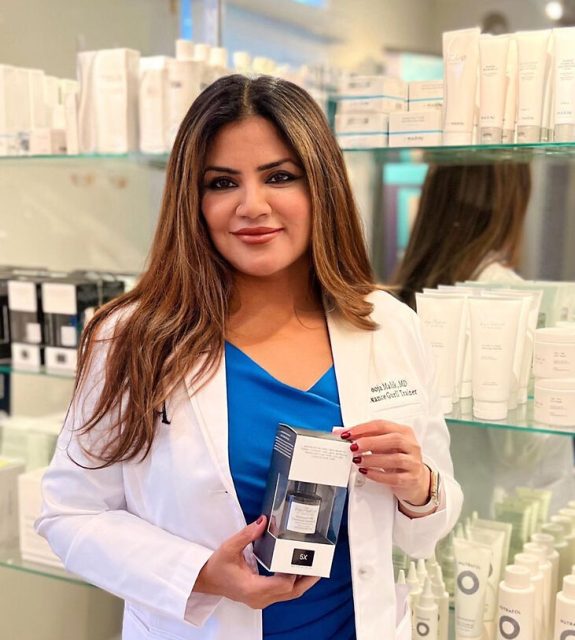 Photo Credit: Courtesy of Dr. Jeffrey Lisiecki
Photo Credit: Courtesy of Dr. Jeffrey Lisiecki
Are you bothered by the loss of volume, hollows, and folds almost anywhere on your face? It's your lucky day as Haute Beauty expert Dr. Jeffrey Lisiecki reviews facial fat grafting, a fantastic way to restore volume to the face. Here's what he shared:
What are the benefits of facial fat grafting?
In many ways, it is the ideal filler because it is your body's own tissue, and it avoids some of the issues that can arise with fillers. What is unique and especially interesting about fat grafting is that it also improves skin quality on the face; this is probably an effect of the stem cells, exosomes, and growth factors present in the fat.
How does a facial fat grafting compare to a facelift?
Fat grafting is a great way to restore volume and fullness, so hollow temples, eyelids, cheeks, and nasolabial folds (to name a few areas) can all be improved. Facelifts treat the laxity of the skin and deeper tissues, which is another cause of facial aging. Everyone is affected both by loss of volume and laxity, so treating both is essential to the treatment of facial aging. Some younger patients without much laxity can do very well with facial fat grafting alone, but in older patients with more tissue laxity, a facelift with fat grafting is required.
How quickly can one see the final results?
You will notice the filling and volume immediately. Some initial swelling is normal and expected, and resolves after a week or two. Final results can be appreciated starting around three to four months after surgery. At this point, some of the graft that was initially injected has resorbed, but what you have at this point you typically keep long-term.
Is there any downtime included?
Patients should plan to take it easy for a couple of weeks after the procedure but then can resume normal activities. Sleeping with your head elevated and using cool compresses early on will also help with the swelling.
View this post on Instagram
What are the risks of facial fat grafting?
Facial fat grafting is overall a safe procedure. The main risks are overcorrection, under-correction, or irregularities, which can be mitigated with good technique and an understanding of the anatomy of the procedure. Swelling and sometimes bruising are normal and resolved. Things like infection and some more serious complications are always discussed but are very uncommon.
When is a good time to receive a facial fat grafting?
Facial fat grafting can be done whenever there is fat volume loss in the face! This happens to all of us as we age, albeit with slight variations in timing based on genetics and lifestyle. I have performed this procedure on patients aged in their 20s through their 70s.
Who makes a good candidate?
Patients who are otherwise healthy and have realistic expectations, and are bothered by the loss of volume, hollows, and folds almost anywhere on the face. As I mentioned above, if you have a laxity of your skin and other tissues, you are likely a better candidate for a facelift or other skin-tightening procedure along with fat grafting.
What is the question you wish patients asked you about the procedure?
I wish more patients asked about this procedure overall! Fat grafting to the face is a great modality and provides natural, long-lasting volume to the face, along with other benefits. It can be added to other surgical procedures (obviously face and nose procedures, but also breast and body procedures) if you're already going to be in the OR, and it really enhances facial rejuvenation in a unique and powerful way.





















